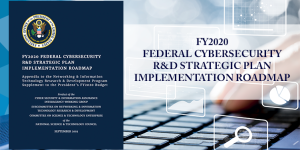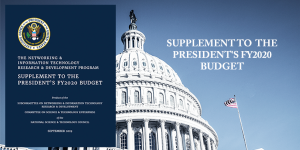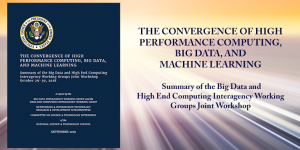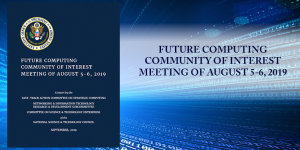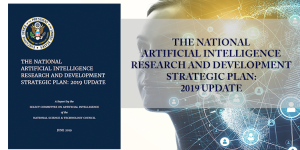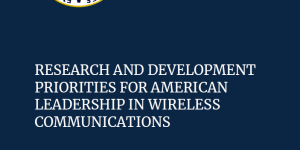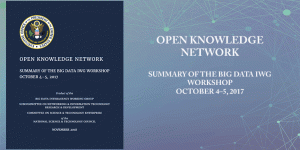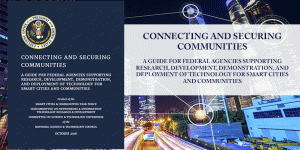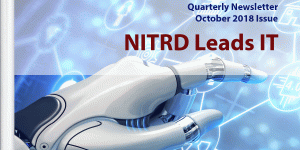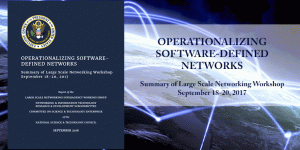FY2020 FEDERAL CYBERSECURITY R&D STRATEGIC PLAN IMPLEMENTATION ROADMAP
This document provides FY2020 implementation details for the 2016 Federal Cybersecurity Research and Development Strategic Plan, developed by the Networking and Information Technology Research and Development (NITRD) Program’s Cyber Security and Information Assurance (CSIA) Interagency Working Group (IWG). This Strategic Plan Implementation Roadmap is provided per statutory requirement for public provision of this information pursuant to the Cybersecurity Enhancement Act of 2014, Public Law 113-274, Section 201(a)(2)(D), Implementation Roadmap, and under direction from the NITRD Subcommittee of the National Science and Technology Council Committee on Science and Technology Enterprise. This document accompanies the NITRD Supplement to the President’s FY2020 Budget.


